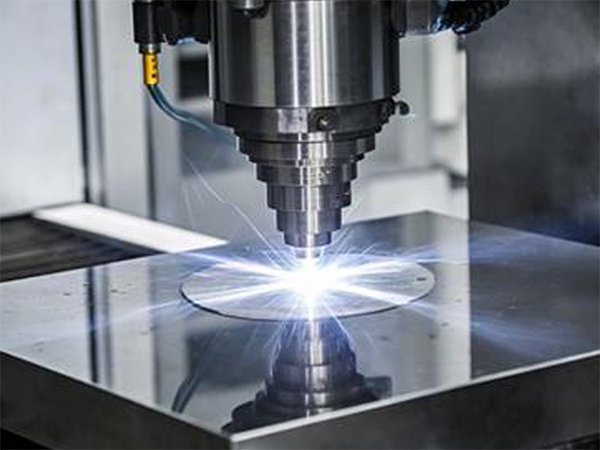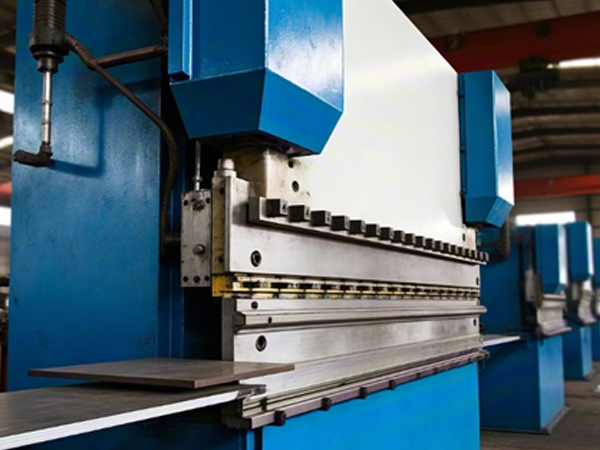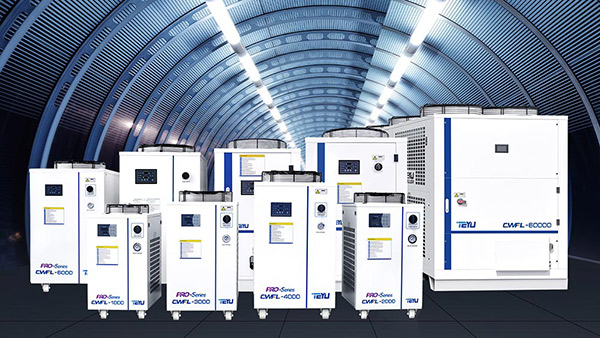Laser processing of highly reflective materials—such as copper, gold, and aluminum—presents unique challenges due to their high thermal conductivity. Heat is quickly dispersed throughout the material, enlarging the heat-affected zone (HAZ), altering mechanical properties, and often resulting in edge burrs and thermal deformation. These issues can compromise precision and overall product quality. However, several strategies can effectively mitigate these thermal challenges.
1. Optimize Laser Parameters
Adopting short-pulse lasers, such as picosecond or femtosecond lasers, can significantly reduce thermal impact. These ultra-short pulses act like precision scalpels, delivering energy in concentrated bursts that limit heat diffusion. However, determining the ideal combination of laser power and scanning speed requires thorough experimentation. Excessive power or slow scanning may still cause heat accumulation. Careful calibration of parameters ensures better control over the process, reducing unwanted thermal effects.
2. Apply Supporting Techniques
Local Cooling: Using industrial laser chillers for localized cooling can rapidly dissipate surface heat and limit heat spread. Alternatively, air cooling offers a gentler and contamination-free solution, especially for delicate materials.
Sealed Chamber Processing: Conducting high-precision laser machining in vacuum or inert gas environments within a sealed chamber reduces thermal conduction and prevents oxidation, further stabilizing the process.
Pre-Cooling Treatment: Lowering the material's initial temperature before processing helps absorb some of the heat input without exceeding thermal deformation thresholds. This technique minimizes heat diffusion and improves machining accuracy.
By combining laser parameter optimization with advanced cooling and processing strategies, manufacturers can effectively reduce thermal deformation in highly reflective materials. These measures not only enhance laser processing quality but also extend equipment longevity and improve production reliability.

Source: https://www.teyuchiller.com/how-to-prevent-heat-induced-deformation-in-laser-machining.html

